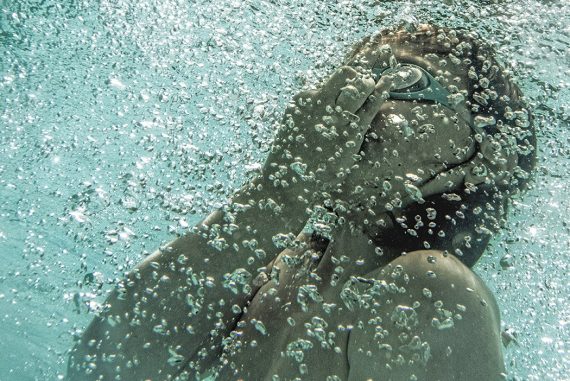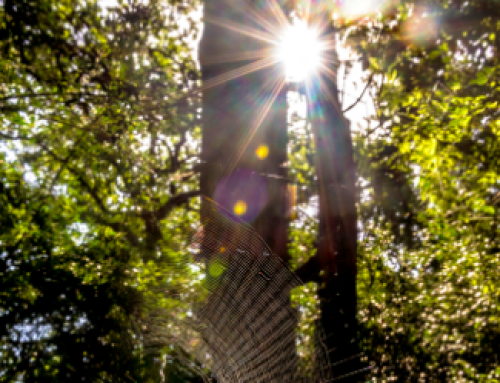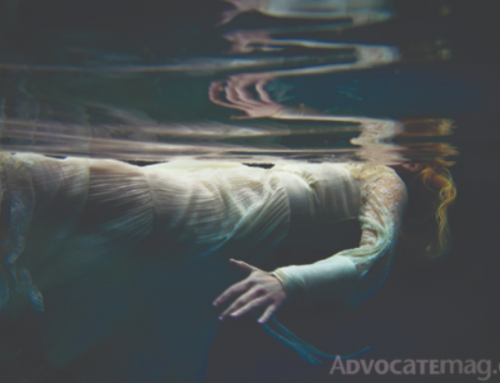
Cannonbaaaaaalllllll!!!! Just not in cotton, K? (Photo by Danny Fulgencio)
It’s hot as Perseus over here and there is but one sensible escape from both the hellfire and the house your cabin-fevered kids are annihilating — the community pool.
A few neighborhoods have acquired shimmering new “aquatic centers” — these things are like an oasis in a sweltering desert — boasting lily pad bridges, lazy rivers, slides, diving boards and more.
You and your precious spawn are barreling like Ernie McCracken’s bowling ball toward liquefied liberation, and nothing short of snow in August is stopping you.
Or so you thought. There is something that could crush all those aquatic aspirations: COTTON.
Yes, cotton, the cursed fabric, is not allowed inside community pools, that is, if the teenager manning the gate deems your particular cotton too cotton.
Confused?
So was the Oak Cliff father who brought this to our attention.
He and his 6-year-old son were all set to meet up with friends at Kidd Springs Community Pool last weekend, but plans came to a halt after a lifeguard was called over to inspect the child’s swimming trunks.
Nope, assessed the pool attendant, we got cotton over here. No entry. Thems the rules (I paraphrase).
The puzzled pop pointed out that several patrons were swimming in cotton T-shirts, all of them far larger than his son’s five-square inches or so of shorts.
Sorry, the young woman guarding the gate echoes. It’s City policy.
Fuming, but somehow holding his shit together, the dad took his boy by the hand, explained the situation — through a chain link fence — to the neighbors they meant to meet, and, dejected, drove home.
The “no cotton” rule is one I could not find on the Dallas Aquatics website (I searched everywhere, including plugging “cotton” into the search bar). I could not find it in its lengthy Aquatics Guide. I could not find anything in the portion of the Dallas city code dedicated to public and private and semi-private pools. Was there signage anywhere at the pool, I asked the dad. He says that if there was, he did not see it.
City of Dallas Aquatics Manager Raul Rovles says the rules are posted at the pools, although he was unsure whether they are posted inside or outside the gates. The gate attendants have sheets outlining what is and is not allowed in the pool area.
He says that with increased interest in public swimming and new facilities, the past days have been a little rough.
The City, he says, is “trying to educate new swimmers, new visitors” on proper swimwear that won’t damage the pools. Cotton absorbs everything and then all that lint and bacteria can get into the filtration systems, he adds.
“If they are going swimming, they need swimwear,” he says. “You wouldn’t take your child to basketball wearing soccer cleats, for example.”
Usually (if not in this particular case) it is resistance or an “us against them” attitude that leads to kids wearing denim or basketball shorts in the pool, he says. “We don’t want that. We want citizens to come swim. But they have to follow certain rules.”
As for the cotton Ts in the water and so forth, he says that sometimes there are hundreds of people to monitor. The City has instructed the attendants to “start out strong” when enforcing dress code rules, but there is still room for educating both staff and the public. (For the record, the Oak Cliffians in question say there were “only 20 or at most 30” people at the pool that day.)
These days, Royles says, there is swimwear for everyone — if you need to cover the body for religious reasons or self-consciousness, swimwear is available.
This stuff can get expensive though, I counter.
“It is your option. If you need to cover something, there is swim attire available to you, even if you have to go to a thrift store …”
I checked into the cost of, say, a full-coverage swimsuit (that a Muslim woman might wear), and one can be purchased at Walmart for a little over $30.
Sites such as Ali Express carry them for as low as $15, but that’s an end-of-season sale. If you find that price prohibitively expensive, well, it’s no more expensive than those draw string basketball shorts, according to Royles.
I mentioned that problems — embarrassment, anger, awkwardness related to teenage lifeguards closely inspecting the bottoms of little boys, etc. — could be avoided if the rules were more visible.
Dallas residents need to know about this, lest they find themselves barred at the gate during these dwindling days of summer.
He said he would look at the aquatics site and consider posting the dos and don’t to which the pool staffers have access.
And that’s important. This weekend new aquatics centers open in North Dallas and East Dallas.






Leave A Comment